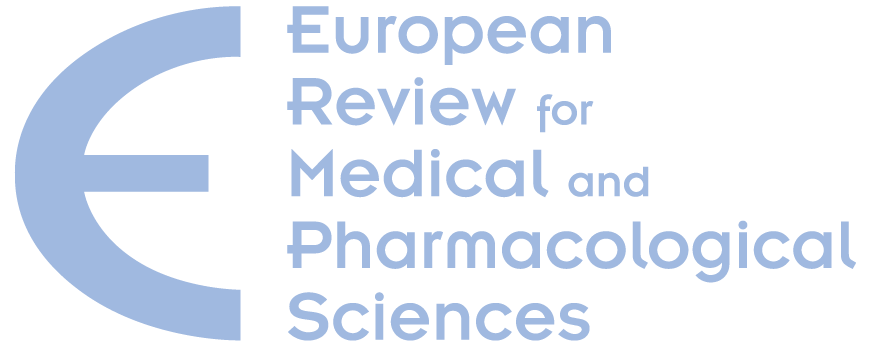A novel DNA profiling application for the monitoring of cross-contamination in autologous chondrocyte implantation
L. Roseti, A. Bassi, P.M. Fornasari, M. Serra, F. Canella, A. Maso, D. Dallari, C. Bini, S. Pelotti Cell Factory, and Musculoskeletal Cell and Tissue Bank; Prometeo, Rizzoli RIT (Research Innovation Technology), Istituto Ortopedico Rizzoli, Bologna, Italy. livia.roseti@ior.it
BACKGROUND: Autologous chondrocyte implantation (ACI) is a cell-based treatment that can be used to regenerate chondral defects. European legislation specifically classifies such produced chondrocytes as “medicinal for advanced cell therapy” that have to be manufactured in pharmaceutical factories according to specific rules, named Good Manufacturing Practices (GMPs). One main requirement of cell manipulation in advanced therapy is to prevent the risk of any contamination.
AIM: The aim of this study was to verify if chondrocyte cultures suitable for ACI were free of cross-contamination by means of DNA profiling techniques.
MATERIALS AND METHODS: Cell cultures were carried on in a Hospital Cell Factory in compliance with European current Good Manufacturing Practices. DNA profiling, by means of Short Tandem Repeats and miniShort Tandem Repeats analyses, was performed on expanded chondrocytes and their related control blood samples. Mitochondrial DNA was analysed to further confirm the results and to evaluate possible mutations occurred in the samples.
RESULTS: Our findings demonstrated the absence of cross-contamination between chondrocyte cultures and, thus, their identity maintenance until the end of the manipulation.
CONCLUSIONS: DNA profiling technique can be a suitable test for quality control not only for chondrocyte manipulation, but for cell therapy in general.
Free PDF Download
This work is licensed under a Creative Commons Attribution-NonCommercial-NoDerivatives 4.0 International License
To cite this article
L. Roseti, A. Bassi, P.M. Fornasari, M. Serra, F. Canella, A. Maso, D. Dallari, C. Bini, S. Pelotti
A novel DNA profiling application for the monitoring of cross-contamination in autologous chondrocyte implantation
Eur Rev Med Pharmacol Sci
Year: 2013
Vol. 17 - N. 6
Pages: 820-833
